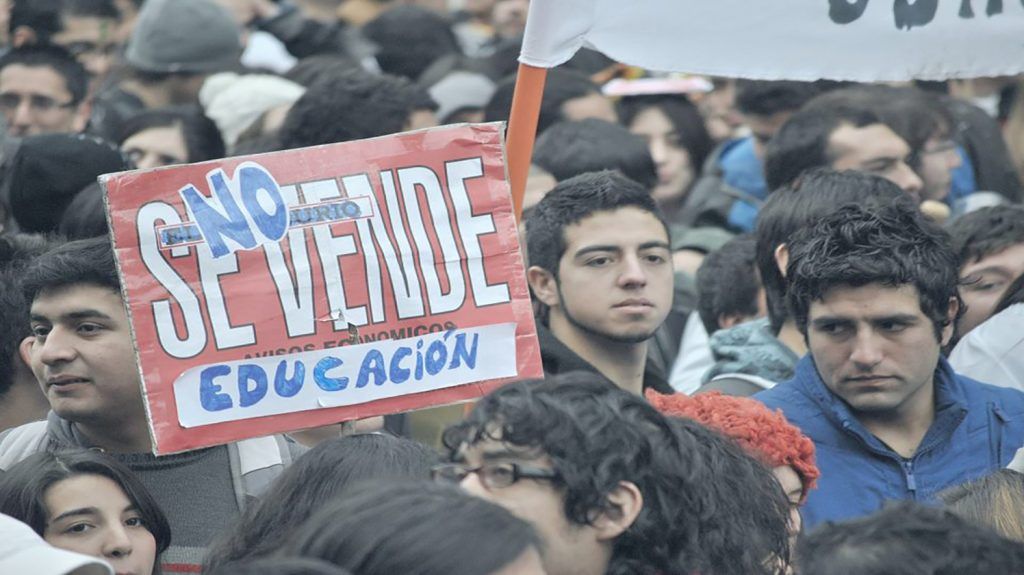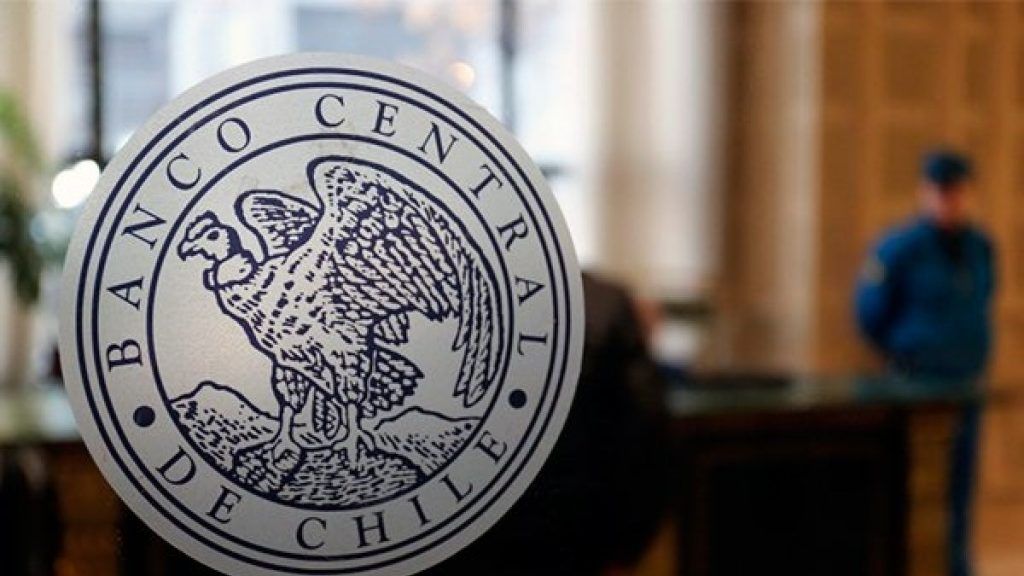
Por TOMÁS CROQUEVIELLE H.
Licenciado en Historia y Periodista
Pontificia Universidad Católica de Chile
Under the current economic model, credit and debt do not foster economic development. They are usually only a means of economic survival and consumption. The easy access to credit often leads to a perpetual debt burden rather than a real improvement in people’s lives.
Last year the debt from Chilean households reached a historic level. According to the report of the National Accounts by Institutional Sector of the Central Bank, households registered a debt of 73.3% of disposable income. That makes Chileans the most indebted people in relation to GDP in Latin America.
At the same time, 31% of Chileans acknowledged that the money they earn at the end of the month is not enough to save, forcing them to live paycheck to paycheck. A mix of high debt and low salaries, in relation to the cost of living, makes the national ratio of Financial Burden on Available Household Income 38% on average, the highest in the OECD.
That means that in Chile, on average, 4 out of every 10 pesos in the monthly personal or family budget goes to pay debts.It’s even worse for households in the bottom 50% income bracket, which, on average, use 45% of their income to pay off debts. Consequently credit and debt have been transformed into a salary extension.

A Structural Issue
Socially, there is an extended concept of individual responsibility for debt from a self-management ideal in which people must account for their own actions—that is, they must be responsible, while at the same time taking risks. And so the saying goes, “You don’t have to change the rules of the game; you just need to learn to play better.”
Nevertheless, when in a society more than two thirds of households are constantly entering and exiting debt, the situation becomes structural.
Here, the issue is compounded by the fact that the economy of Chile is essentially dependent on a single export (copper) without productive diversification and with weak labor rights and unions. In these circumstances, mechanisms to increase wages or, at least, adjust them to the real cost of living in order to obtain an adequate living standard for the population are very limited.
The Role of Retail
While getting a real estate loan (mortgage) can be an ordeal, getting a credit card from a retail store or a supermarket is easy, you just need to show your national ID number (RUN). That’s why, today, 55% of household national debt is from consumption versus 21% from mortgages.
Thanks to advances in marketing techniques and data collection technology, and limited regulation, the retail industry has been able to expand its supply of credit cards to millions of low-income people. For many, the credit these businesses extend is the only option to survive. A sizeable fraction, however, are not able to pay on schedule, but the retailers keep lending to them anyway.
In fact, 26% of Chileans have overdue debts, which means that more than 4.6 million people are in behind or in default, a situation that lead to a spiral of debts where new loans are secured to meet outstanding payments, a situation known in Chile as the “bicycle.”
And that is a perfect situation for retailers. Why? Because this sector earns more money through interest on their credit card accounts than on the sale of their products. Among other things, interest earned on the cards is not charged with sales tax. Therefore, retailers have an incentive to keep people in a perpetual state of late payments or on default.

An Identity of Consumption
As the renowned Chilean sociologist, Jorge Larraín, states in his famous book, “Chilean Identity,” the need of low and middle class people to belong to higher social groups pushes them to use credit to consume in order to “move up” to a higher strata.
This hypothesis is reinforced by the fact that, according to the latest Instituto Nacional de Estadísticas survey, in the last five years the items that saw the most growth in consumption by Chileans are associated with free time and well-being, such as hotels and restaurants.
These figures also show that debt is considered a “necessary evil” for many in Chile—a moral ambivalence that reveals the need to use debt, even if we don’t want it, to keep up with the consumer society. No one likes to use credit, but no one is willing to live without it.
This is because, in Chile, indebtedness is also very rooted in people’s psyches or lifestyles. On the one hand, there is a need to borrow and consume to compensate for the problems of daily life, making this also an emotional issue, like stress or depression, but, on the other, even when people increase their income, they often don’t climb out of debt: they only borrow more, and, sometimes, get into cycles of debt that are even more overwhelming than before.
A Future on Hold
The problem of indebtedness is not only about the amount of debt but also the support that is available. For young people who receive financial support from their parents it is not the same to be indebted as for those who are on their own.
Debts such as the CAE (private loans regulated by the state to pay for college) are prolonged over time and projected over the long term, limiting the future projects of many. In other words, when a young professional begins his or her life as an adult,he or she carries many debts and that, combine with the context of job insecurity of the Chilean economy, brings direct consequences to the individual and limits the individual’s opportunities (because of the need to stay on the employment treadmill to service the debt).
In the Chilean model of consumption and indebtedness, the use of credit and loans is not to buy a house or property that would grant greater protection and economic security to people, but to buy ephemeral and fast-moving consumer goods and experiences—items that, when you finish paying the credit card or the loan you used to buy them, are all but memories or are seriously depreciated.
In the end, for most Chileans, indebtedness and consumption are not a means to improvement, but only a mechanism to keep moving the “bicycle.”
*Imagen de cabecera propiedad de Chile Today.
Muy buen artículo como siempre, Tomy. Creo que el problema del endeudamiento se agudiza si miramos al corto plazo, porque no existe una política económica clara (hasta donde entiendo), dirigida a abordar la deuda de los chilenos y chilenas. En unas declaraciones recientes, Piñera señaló que, en comparación a otros países como Argentina, la situación en Chile era de crecimiento y estabilidad, lo que extraña cuando los indicios de desaceleramiento e incluso de recesión se multiplican. Bajo ciertas condiciones, como lo son un desempleo creciente, y salario y pensiones que no crecen lo suficiente en comparación con el alza del costo de la vida, es altamente probable que el endeudamiento detone alguna clase de crisis social. Ya han habido movimientos fuertes en contra del endeudamiento por créditos educacionales, y es cada vez más acuciante el problema de la vivienda y de los créditos hipotecarios; si a eso se sumara un estallido vinculado a créditos de consumo, buena parte de la economía doméstica en Chile podría entrar en una grave crisis.
Saludos.
Quise decir *mediano plazo